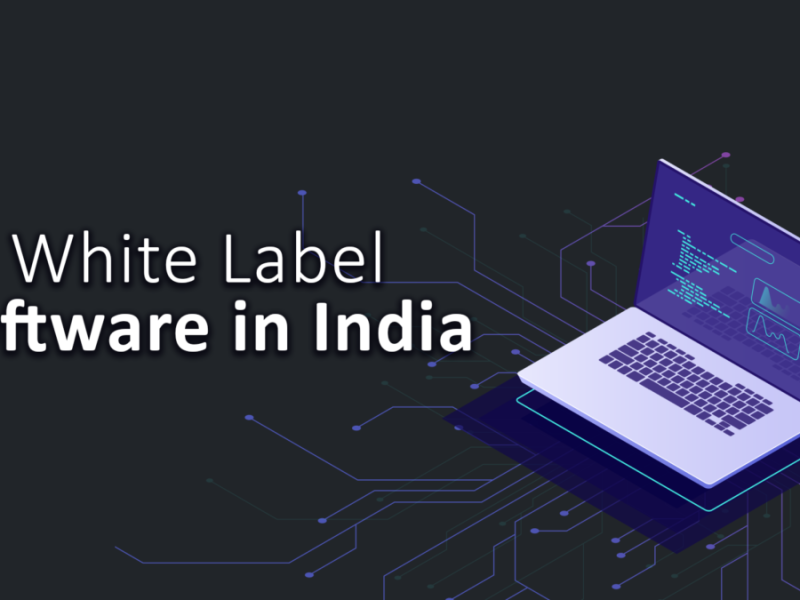A modern approach for building eCommerce websites where the front presentation layers are separated from the back-end commerce management layer is referred to as a Headless Commerce Platform. That means that the website’s design and user interface are quite different from the underlying technology infrastructure, which allows for more flexibility and customization in providing content to different screens and devices.
In any eCommerce format, the front-end and back-end are tightly added, which become the most difficult to make changes to the customer experience with new features without affecting the entire system.
How does Headless Commerce Work?
Retailers can easily store all their website information in the back end instead of operating the entire website as one chunk of technology. Headless commerce passes information between the front-end and back-end layers through an application programming interface (API) calls.
For this reason, headless eCommerce can also be called API-based commerce. With headless commerce architecture, updates can be made to the back end without impacting the front end – and vice versa.
Here’re some benefits of Headless Commerce are mentioned below;
Businesses are searching the way to customize their user experience and to find a smooth way to manage and update their eCommerce sites and turn to headless commerce for the solution.
The benefits of headless commerce impact various businesses, the developers are assigned to building the backend, and the employees are responsible for managing frontend applications.
Benefits of Headless Commerce
Omnichannel Integration
One of the best benefits of headless commerce is as it allows businesses to work together with customers and build brand loyalty through Omnichannel retailing. For old providers with physical stores as well as owning an online presence, Omnichannel retail creates a smooth experience from in-person shopping to online purchases.
The addition of Omnichannel is quite more than just an optional strategy and consumers have to expect it. According to a study, about 73 percent of consumers use multiple channels.
Integration of third-party payment processing
Many online marketplaces and applications are now linked directly to online stores. Consumers no longer visit a website to make a purchase from a brand or to submit their payment. When customer’s make a purchase, they may attract to those websites that allow them to use the platforms such as Google Pay, Apple Pay, or PayPal, as they offer advanced online purchase protection
Improves the customer experience
While you’re opening up new channels of online and in-person shopping, headless commerce also allows you to create a more unique and creative experience for customers. As a traditional eCommerce store requires a firm combination of the front and back end.
Headless commerce gets rid of this problem by allowing frontend development with unlimited creativity.
Content management
Apart from creativity, many traditional eCommerce stores lack in their content management. Successful small businesses have turned to other content, such as blogs, news, games, etc. Influencer marketing is a growing trend nowadays and helping various businesses to fulfill the consumer desire for authenticity and cashing in on the popularity of social media platforms like Instagram and YouTube.
SEO can be easily implemented in a blog. Some of the real content such as advice columns, stories, or news, blogs function as a tool for increasing search engine rankings and building a reputation as an authority in a field.
May the way for fast loading speeds
Using headless commerce online stores can enjoy faster speeds. By untying frontend applications like content management, email marketing, and payment platform integration you can increase your loading speed.
Site speed will remain fast even when rolling out tweaks and upgrades to your site, because you can run tests on one part of your platform, such as your checkout process, without affecting the rest of your storefront.
Avoids coding or design skills
With a divided backend, advanced coding is no longer necessary to make changes to the storefront. It means employees need less training to start accessing and updating an online store. eCommerce platforms can be added and utilized, making it faster and easier to build and manage an online store.
Increase in security
Expecting the brands to be responsive to various social issues, consumers can assume online stores. that they are doing their part to protect their information. But, a small cyber attack can result in stealing customers’ information and financial data that can damage small, large, or even large enterprise businesses a great loss and cause them to lose customer loyalty and trust instantly.
- Become easier to scale a business
Protecting your customer’s security for the long-term is quite a necessary investment for any business looking to stay in the future. Staying responsive to online shopping trends and customer expectations of brands.
CONCLUSION
Headless commerce is a modern approach to building e-commerce websites that offers greater flexibility, customization, and agility. Various eCommerce website development services will help you in providing the best headless commerce service.







